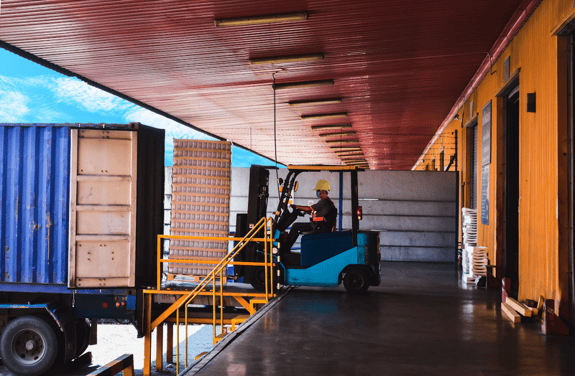As supply chain professionals, we know this is not 100% absolute, but you are only as good as the components that make the order, assembly, and unit complete. These days, those components are no longer available just-in-time. There’s a high likelihood they are on backorder.
This new economy reminds me of when my wife and I learned that our daughter had dyslexia. As a small child, she was highly intelligent, extremely creative, and artistic. She was a whirlwind of energy that was in motion all the time. As a parent, it was like trying to guide a tornado to a certain point or at least manage it. We created structure around her, teaching her to follow through and live up to her commitments and schedules with family, friends, and school. Over the years, we’ve learned that there’s a lot of greatness jumbling around in her dyslexic head, but expectation management has been one of the best ways to help her thrive. Today, in her adult life, she has thrived. She is a success.
The backorder economy is a lot like this. It’s about delivering and executing perfectly. It’s about consumers who are willing to wait as long as it’s delivered when promised. It’s about expectation management. If you can’t sell someone what you have in stock, then you need to manage when they can get it. Just don’t be late.
With my daughter, we needed to commit to something all the time. We could go to the zoo early, but by no means, could we go late or not at all. The world according to Meg would come to an end.
Today, buyer expectations are high, and service levels are at an all-time low. If the customer orders something that may not be on the shelf and is willing to wait for it, then they cannot be let down. You can deliver early; you can’t deliver later than promised. You need to commit and not drop the ball.
This puts a lot of stress on our supply chains that we are not used to. As consumers, we are accustomed to an abundance of choice on the shelves. We have been able to pick it up, touch it, feel it, and take it. Shippers and suppliers push to sell an alternative, but the customer wants what they want. So now, there’s a wait, and likely at a higher cost.
So, what does this mean? Simply put, execution, communication, quality, and delivery need to be flawless. There is no room for error.
Execution
Execute what you say you’ll have at the appropriate time without disruption, with no damage and no complications. There needs to be constant surveillance of all touch points within the supply chain, shortening the distance between the two, understanding availability, capacity, and possible disruptions, and having the right partners, infrastructure, and people to pull it off.
Communication
Constantly monitor all steps by providing concise information with real time updates, as well as anticipation modeling for alternative actions. Focus on exceptions by fixing what you learn, automating the redundant, and adjusting where needed.
Quality
“On time in full” has taken on a whole new meaning. There’s no room for damage. Each node and function within the supply chain is a representation of the quality of the product and brand.
Delivery
It’s your brand that’s delivering the product. Delivery is integrated into the features and functionality, so the perception is the reality of the brand. The delivery of the toy, the truck, the bicycle, the horse and carriage, all produce as much client satisfaction as the features, the function, and the quality. Get it right and it will only enhance the product’s offerings.
Bottom line: Learn to commit, deliver it in a timely manner, and you, too, will be a success.
Managing logistics these days can be a lot like trying to control a tornado. There's only so much you can do to predict where it might turn next. In a complex global supply chain, we will never be able to fully control the chaos that takes place outside the walls of the enterprise.
You can, however, do a better job at managing expectations and developing processes that can support greater agility and accountability when things take an unexpected turn. By digitalizing manual communications and processes, and bringing together data that otherwise falls through the cracks of your existing systems with Logistics Orchestration® by Slync.io, you can take the first steps to driving greater execution, communication, quality, and delivery for your customers.
.png?width=658&height=162&name=1_slync_logo_word_mark_blue_black@2x%20(1).png)

